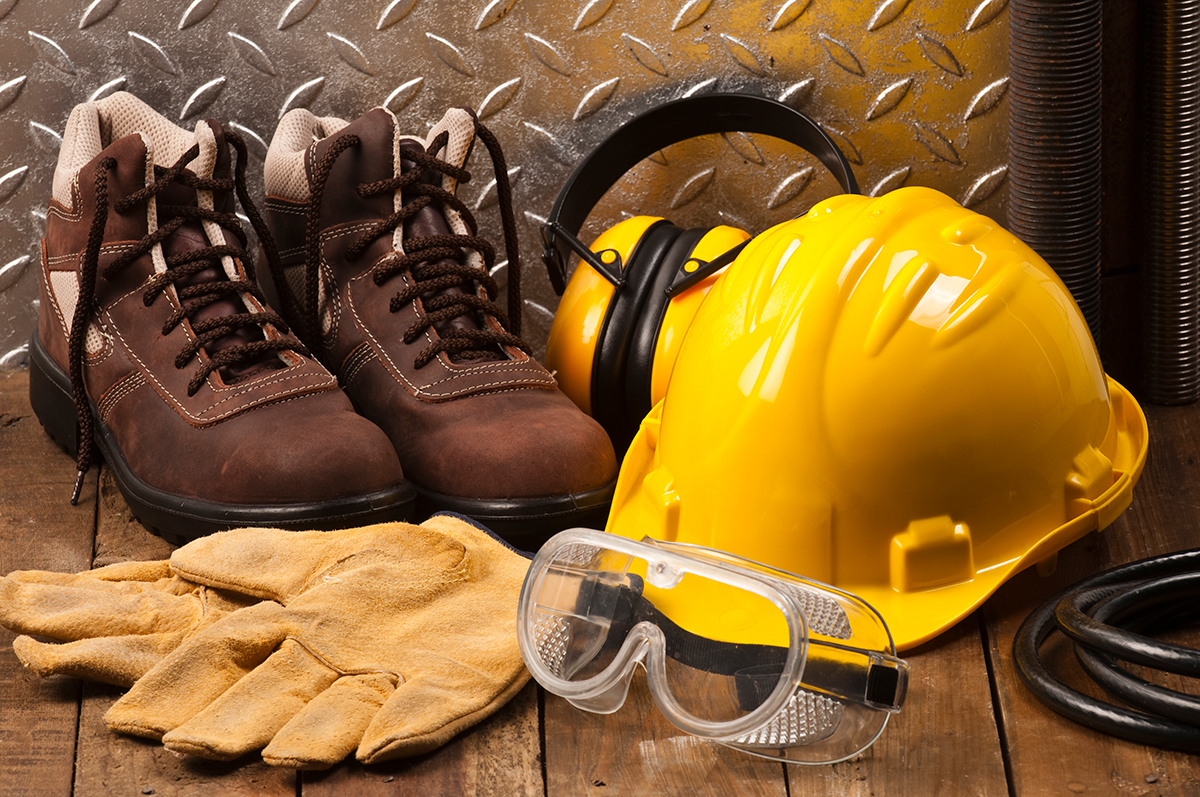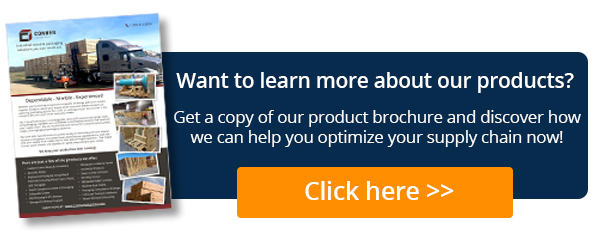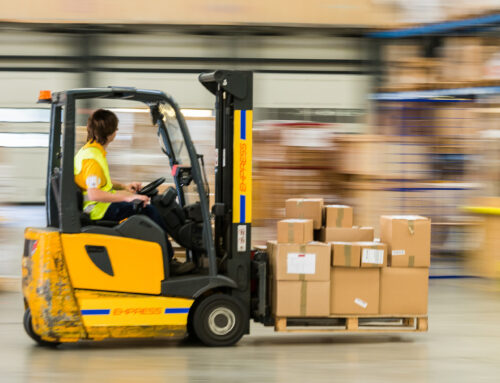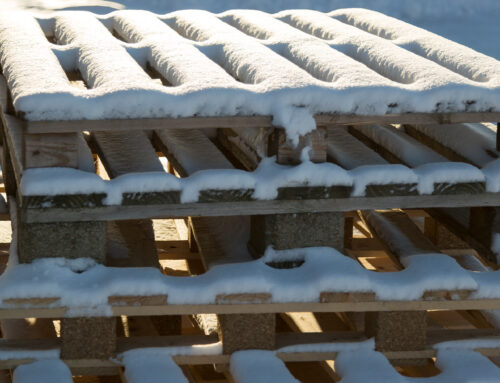In 2020 and 2021, the term “PPE” has had its time in the sun – but what about personal protective equipment or PPE for manufacturing? Making headlines everywhere due to the pandemic, PPE has become synonymous with masks. Although they may be important for some, there’s so much more to be considered when talking about the whole wide world of PPE, especially PPE for manufacturing.
In manufacturing, PPE isn’t something that’s come about just in the last few years, it’s been developed through research, experience, and a little bit of trial and error, over the last 100 years. The implementation of PPE for manufacturing has made facilities, more productive, and more efficient. Gone are the days of rampant manufacturing injuries and unsafe practices. We have safer working environments than ever before.
To ensure that everyone’s acting safely, we have the Occupational Safety and Health Administration (OSHA). OSHA regulates safe practices in manufacturing facilities nationwide to ensure that both companies and individuals are conducting business with caution.
Here are four of the most common applications of PPE for manufacturing facilities today.
1. “Seeing” the Benefits of PPE for Manufacturing
Needless to say, protecting your eyes is paramount in manufacturing. With sawdust, metal shards, or chemicals hanging in the air, eye protection is essential.
Protecting your eyes is paramount in manufacturing. With sawdust, metal shards, or chemicals hanging in the air, eye protection is essential. Click To TweetAccording to Prevent Blindness, an organization dedicated to eye health and blindness prevention, “thousands of eye accidents happen each day; 90 percent of these are preventable with the use of appropriate safety eyewear.”
Out of the number of eye injuries reported, some can lead to temporary or permanent blindness. No one wants to go blind, so do yourself a favor and wear some eye protection.
Depending on the type of manufacturing or industry that your business is in, eye protection can be fairly different.
At Conner, our employees wear safety glasses. Our workers spend a lot of time cutting and assembling wood products, which means there is always sawdust flying. Companies, where employees are required to weld, require their workers to wear welding masks to protect eyes from the harmful light and metal that is produced. Lastly, manufacturing facilities where employees deal with corrosive or abrasive chemicals wear safety goggles in order to fully enclose their eyes and protect them from those chemicals.
2. Earmuffs Aren’t Just for the Cold!
Although it’s typically not something that happens overnight, preventing and protecting yourself from hearing and ear damage is essential in many manufacturing environments. PPE for manufacturing is needed in order to ensure long-term hearing health.
On the surface, a loud manufacturing machine may just seem like a nuisance. Over time, a loud manufacturing machine can turn into the catalyst for hearing damage.
When working in a loud environment, manufacturing workers wear noise-canceling headphones or earbuds that protect their ears. Just like the eyes, the human ear can only handle so much before being impaired.
3. Cuts, Burns, and Splinters – Oh My!
As one of the most common pieces of PPE for manufacturing, gloves hold a prominent place in manufacturing facilities across the nation. Handling sharp, hot, or even splintery wood (which differs in grade) requires the use of gloves to protect the worker. For obvious reasons, chemical workers need their own special kind of gloves to protect them from exposure.
Also, there are lots of different types of gloves on the market to fit just about any type of manufacturing situation.
At Conner, our workers often wear gloves while handling wood products to avoid splinters and potential cuts from fasteners. In other manufacturing facilities, workers who handle hot metals, fiberglass, or other hazardous materials are encouraged (or required) to wear gloves as well.
Also, there are lots of different types of gloves on the market to fit just about any type of manufacturing situation.
Despite being helpful for protecting the hands from possible harm, gloves can also pose a potential safety hazard when operating some types of heavy machinery. For example, if a glove is caught in a belt or conveyor, then it becomes a liability. Getting a glove stuck in machinery can lead to many potentially dangerous situations.
For obvious reasons, there are times when PPE items (like gloves) pose a bigger risk than operating without them. For that reason, manufacturers won’t allow employees to use them. It can often get a little complicated for both manufacturers and employees to make those decisions.
4. Ten Toes in Tact
Nothing is worse than a stubbed toe, except for maybe a crushed one. Having the proper foot protection can be the difference between a simple mistake, or weeks of injury and recovery. Steel toe boots, or industry-specific safety shoes, are an essential piece of PPE for manufacturing workers.
In many situations, wearing steel-toe boots is one of the easiest ways to protect your feet. A lot of manufacturing industries have situations in which heavy objects pose a threat to worker safety. With this in mind, it’s worth noting that OSHA requires that manufacturing employees in several different industries wear steel toe boots on a daily basis. Although no one likes regulations, this one could very well save your toes!
OSHA requires that manufacturing employees in several different industries wear steel toe boots on a daily basis. Although no one likes regulations, this one could very well save your toes! Click To TweetAdditional Precautions
Although there’s lots of regulated PPE for manufacturing that’s either required or strongly recommended, it’s worth noting that there are a whole lot more workers can do to safeguard themselves from possible injuries. If workers have experienced certain injuries before, it’s not unusual for them to take the extra precaution of using braces to protect their susceptible areas of injury. Examples of this are ankle, knee, elbow, and back braces. These extra pieces of PPE can help prevent further injuries to vulnerable areas and also prevent injuries in areas that face continuous strain.
You Can’t Have Safety Without PPE
Whether it’s gloves, protective eyewear, safety shoes, or ear protection, PPE for manufacturing plays an important role in the day-to-day safety of workers. When workers follow the PPE rules and regulations of their employers, as well as a culture of safety, the manufacturing floor becomes a safe working environment.







